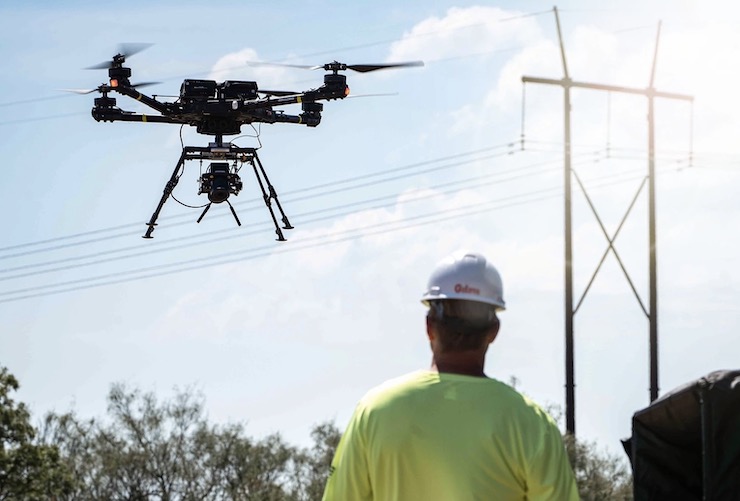Phoenix Air Unmanned and the FAA Drone Waiver Process: A Case Study in Success

© Phoenix Air Unmanned
The Federal Aviation Administration (FAA) periodically grants special authorizations – dubbed “waivers” – for drone companies to conduct their flights at long distances without the need for remote piloting. It’s a cumbersome and time-consuming process and requires enormous patience on the part of the applicant. Those that obtain a waiver – and only 20% of applicants do, annually – often find themselves jumping through hoop after hoop to satisfy FAA regulators that their flights will meet the agency’s safety concerns; and in the end, even when successful, the FAA’s waiver may only cover a particular project site, drone model and time period, limiting its utility to the drone company’s client and its customers.
Not surprisingly, the companies that have enjoyed the greatest success with waivers tend to be those conducting major infrastructure inspections. The location of these operations in less populated areas where few manned aircraft are likely to be flying tends to meet an overriding FAA safety concern: potential human injury or loss of life. But human risk still exists in these settings. For one thing, even in remote and relatively inaccessible areas, there may be highways and significant road traffic nearby. Second, in the case of public utilities – as opposed to private company facilities – drones flying autonomously still need to avoid crashes and collisions that could disrupt service and potentially leave thousands of far away residents served by the grid without access to power and electricity.
Phoenix Air Unmanned is a good example of a drone company that has worked closely with the FAA over several years to make the waiver process work for the firm and for its primary client, Xcel. The company used to remotely pilot its aerial surveys, orbiting around Xcel power lines in continuous circles, until it figured out how to deploy two cameras on a straight overhead course that reduced its flight time and operational costs considerably. Next, Phoenix switched to a larger drone , the Swiss-made SDO-V052, and petitioned the FAA for a waiver to fly the craft Beyond Visual Line of Sight (BVLOS) basis. The SDO-V052 is capable of flying continuously for 90-120 minutes, allowing Phoenix to lengthen its average inspection distance from roughly 7 to nearly 30 miles, resulting in four times the operational efficiency.
Phoenix’s waiver request didn’t just pertain to the FAA’s Part 107 regulations pertaining to BVLOS flights. It also required an additional exemption to allow for a drone craft weighing more than 55 pounds to conduct those same flights. The FAA, after extensive review, granted Phoenix a new BVLOS waiver and the accompanying exemption. To date, Phoenix has flown 13,000 miles of inspections with Xcel over a period of nearly six years — a record.
Phoenix’s patient effort has just led to another regulatory breakthrough. Last month the FAA granted Phoenix a new and broader waiver which will allow the firm to conduct BVLOS inspection flights throughout the state and even nationwide, and not just with Xcel but with other public utilities. According to industry sources, no other US drone company had obtained such a broad BVLOS waiver to date.
William Wheeler, Phoenix’s director of operations, admits that working with the FAA has often proven frustrating. However, over the years,the company kept meticulous records of all of its flights and has been able to demonstrate just how safe and efficient its drone operations are. As FAA confidence in Phoenix has grown, the waiver approval process has become easier. From its early stance of skepticism and procedural delay, the FAA more or less routinely approves Phoenix’s waiver applications, sometimes in a matter of weeks.
Other infrastructure inspection companies like the Israel-based Percepto have also enjoyed great success with the FAA when it comes to obtaining waivers. But many drone companies have not, in fact. That’s why the industry is pushing Congress and the White House to compel the FAA to loosen the regulatory process and allow for more BVLOS flights by drone companies in other niches, such as remote delivery, for example. For now, it’s infrastructure inspections that are leading the way, with increasing success, possibly opening up new possibilities for more companies in diverse niches to secure their own badly needed waivers further down the road.
|